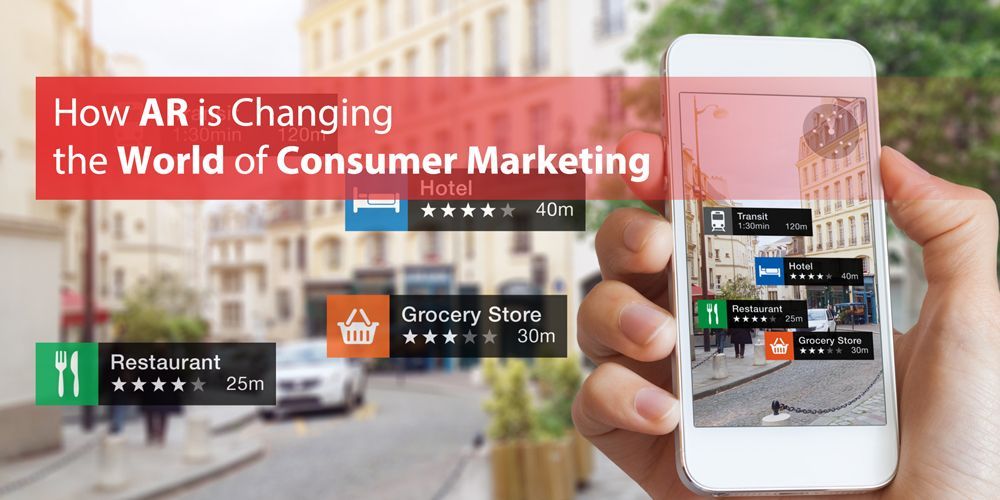The market for virtual reality and augmented reality is set to top $215 billion by 2021. If you haven’t been playing along, you might wonder who is spending so much money on AR and VR technology.
Businesses have funneled more funds to these new technologies, particularly AR marketing. Many business leaders see enormous potential for AR in consumer marketing.
In fact, AR is already changing the marketing landscape. This quick guide goes over the monumental changes underway in the marketing world.
A Quick Review of AR
Before we dive into AR marketing, it’s useful to answer the question, “What is AR technology?”
Most people are familiar with virtual reality, or VR. VR creates a new, virtual environment. It’s a more encompassing experience.
Augmented reality, by contrast, builds on the existing environment. It takes input about the user and their location, then layers in virtual information. This creates an enhanced or augmented reality.
There are many good examples of AR, including games like Pokemon Go and Instagram filters.
AR in the Digital Marketing World
Instagram filters and Pokemon Go may leave you wondering how AR is used for marketing. As it turns out, AR is an incredibly flexible technology.
Home furnishings giant IKEA offers a great example. They built an app that allows users to upload pictures of rooms in their homes. Users can then add IKEA furnishings to the picture to see how they’ll look in their space.
Make-up retailer Sephora lets users of its app create and test new make-up looks. Retailers aren’t the only ones getting in on the AR action, though. Some museums have used AR to create enhanced tours and interactive experiences.
AR Marketing Changes Consumer Interactions
As you can see, AR marketing changes how people interact with brands. They no longer need to travel to the store to test out a new lipstick color or see what their bedroom will look like painted blue.
Instead, users can test out brands and products from the comfort of their own home. They can then place orders through the app. The app also connects them to more information about similar products or brands.
Even billboards and other traditional forms of advertising are getting an AR make-over. Some companies have added AR information to their ads. Users can then hold up their smartphones or use an app to reveal extra information.
Where AR Marketing Is Going
Some people envision a world where AR can help people not only try on clothes but check stock and prices at stores. You’d hold your phone up to a shelf sign or an item, and an app would automatically retrieve the information.
Creating promotions with AR will soon become par for the course as well. Customers can scan an ad or price tag to get a discount.
These are only some of the possibilities starting to emerge in digital AR marketing.
Don’t Get Left Behind
AR marketing is on the cusp of a breakthrough. Once seen as gimmicky, more companies now recognize its power.
If you want to take advantage of the latest in digital marketing your business, we can help. Take a look at our blog to keep up with all the latest digital marketing news and advice.






